 As your body ages, it’s common to experience changes to your eye health and vision. According to studies, over 10% of Americans over age 40 will experience permanent age-related vision loss — and almost everyone experiences normal age-related changes such as loss of close vision so that they require reading glasses. As the U.S. population gets older, it’s important to spread the word about ways to prevent vision loss in older adults.
As your body ages, it’s common to experience changes to your eye health and vision. According to studies, over 10% of Americans over age 40 will experience permanent age-related vision loss — and almost everyone experiences normal age-related changes such as loss of close vision so that they require reading glasses. As the U.S. population gets older, it’s important to spread the word about ways to prevent vision loss in older adults.
Genetics and the natural aging process play a role in long-term eye health. But research shows that there are controllable factors that help either lower your risk of visual impairment or slow its progress.
What Happens to Vision as You Age?
Over time your eyes will experience physical changes that will affect your vision. On average, these changes begin around age 40 and impact the eye’s focusing ability — a natural change in vision called presbyopia. The most common effect is experiencing more difficulty in clearly seeing nearby objects, especially in dim lighting.
It’s normal for the age-related eye changes to cause:
- Difficulty in distinguishing colors
- A need for more light to see well and a slower adjustment between dark and bright settings
- Headaches or tired-feeling eyes while reading or other up-close activity
Other common causes of age-related visual decline include conditions:
Eye Floaters: Floaters are tiny spots or specks that drift throughout your field of vision. They occur when the vitreous, a jelly-like substance inside the eye, becomes more liquid as you age. This causes ocular fibers to clump, casting tiny shadows. If there is a sudden appearance of many new floaters, you should seek a dilated eye exam to rule out retinal detachment.
Dry Eye: As you age, your eye tear production decreases and this is called ‘dry eye’. Lack of enough lubrication to the surface of the eye can cause blurred vision and light sensitivity. Dry eyes can also cause uncomfortable stinging, scratching, or burning sensations.
Cataracts: As you age the clear proteins within the lens of your eye slowly become more and more cloudy interfering with the images that reach your retina. The cloudy lens causing poor vision is called a cataract. Luckily, modern eye surgery can remove the clouded lens material, which is then replaced with a man-made substitute lens that clearly focuses the image on the retina, restoring normal vision.
Glaucoma: Glaucoma causes damage to the major nerve of the eye called the optic nerve. This nerve is part of the central nervous system, that carries visual information from the eye to the brain. In glaucoma, the eye experiences a symptom-free increase of intraocular pressure due to an imbalance of the fluid produced in the eye and the amount of fluid drained. The asymptomatic increase in pressure over time damages the optic nerve, slowly decreasing your peripheral (side) vision and can result in total vision loss. If you have glaucoma, you may experience changes to your peripheral or side vision as the eye disease progresses. Glaucoma can be detected by a careful eye examination and the loss of vision can be stopped with medication or/and surgery.
Age-related macular degeneration (AMD): In the developed world, AMD is the most common retinal disorder and the leading cause of permanent vision loss in people over 50. AMD is due to loss of retinal cells in the macula, an area of your retina responsible for detailed vision, necessary for tasks such as driving, reading and facial recognition. In advanced cases, patients cannot recognize faces or read books without special visual aids. The good news is that there are good treatments for AMD and patients retain “getting around” peripheral vision and don’t go completely blind.
How to Care for Your Vision as You Age
Most age-related visual conditions today can be treated with medicine or outpatient surgery. A dilated eye exam performed by an eye care professional is the only way to find some common eye diseases while they’re easier to treat and before they cause permanent vision loss.
If you don’t have any symptoms or vision problems, doctors recommend getting regular eye exams based on your age:
- Ages 20 to 39: Every 5 years.
- Ages 40 to 54: Every 2 to 4 years.
- Ages 55 to 64: Every 1 to 3 years.
- Over 65: Every year
For people with diabetes, high blood pressure, or a family history of glaucoma or vision loss, the National Eye Institute recommends you get dilated eye exams yearly.
Diet and lifestyle choices can also impact your long-term eye health. To help maintain good vision as you age, you should:
- Be alert to the early signs of vision problems.
- Eat healthy foods – for eye healthy recipes visit: Eye Cook
- Protect your eyes from the sun – make sure you wear UV protected sunglasses and a hat.
- Get regular comprehensive eye exams.
- Don’t smoke.
- Exercise regularly to maintain healthy weight.
- Control your blood pressure.
- Give your eyes a break – if you work on a computer, it is recommended to take a 20-30 second break every 20 minutes. This will give your eyes a chance to relax.
Being Proactive Is the Key to Successful Aging Eye Care
There are many ways you can practice positive aging eye care. Aging may be inevitable, but exercise, a healthy diet, and positive lifestyle changes, such as stopping smoking, can prolong the health of your eyes.


 Make sure they take frequent screen breaks. Instead of focusing directly on the screen, encourage your child to look around the room every now and then, or take some time to stare out the window (at least 20 seconds is recommended by the American Optometric Association). You can even remind them to blink.
Make sure they take frequent screen breaks. Instead of focusing directly on the screen, encourage your child to look around the room every now and then, or take some time to stare out the window (at least 20 seconds is recommended by the American Optometric Association). You can even remind them to blink.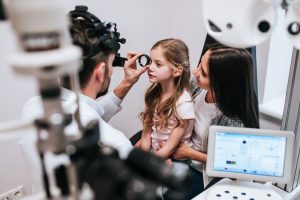 It’s easy for us to forget about our eyes let alone our child’s, but it is very important to get your child’s eyes checked regularly.
It’s easy for us to forget about our eyes let alone our child’s, but it is very important to get your child’s eyes checked regularly. FIREWORK & EYE SAFETY:
FIREWORK & EYE SAFETY:  Even sparklers can be dangerous, as they burn at more than 2,000 degrees Fahrenheit. Sparklers were responsible for 900
Even sparklers can be dangerous, as they burn at more than 2,000 degrees Fahrenheit. Sparklers were responsible for 900 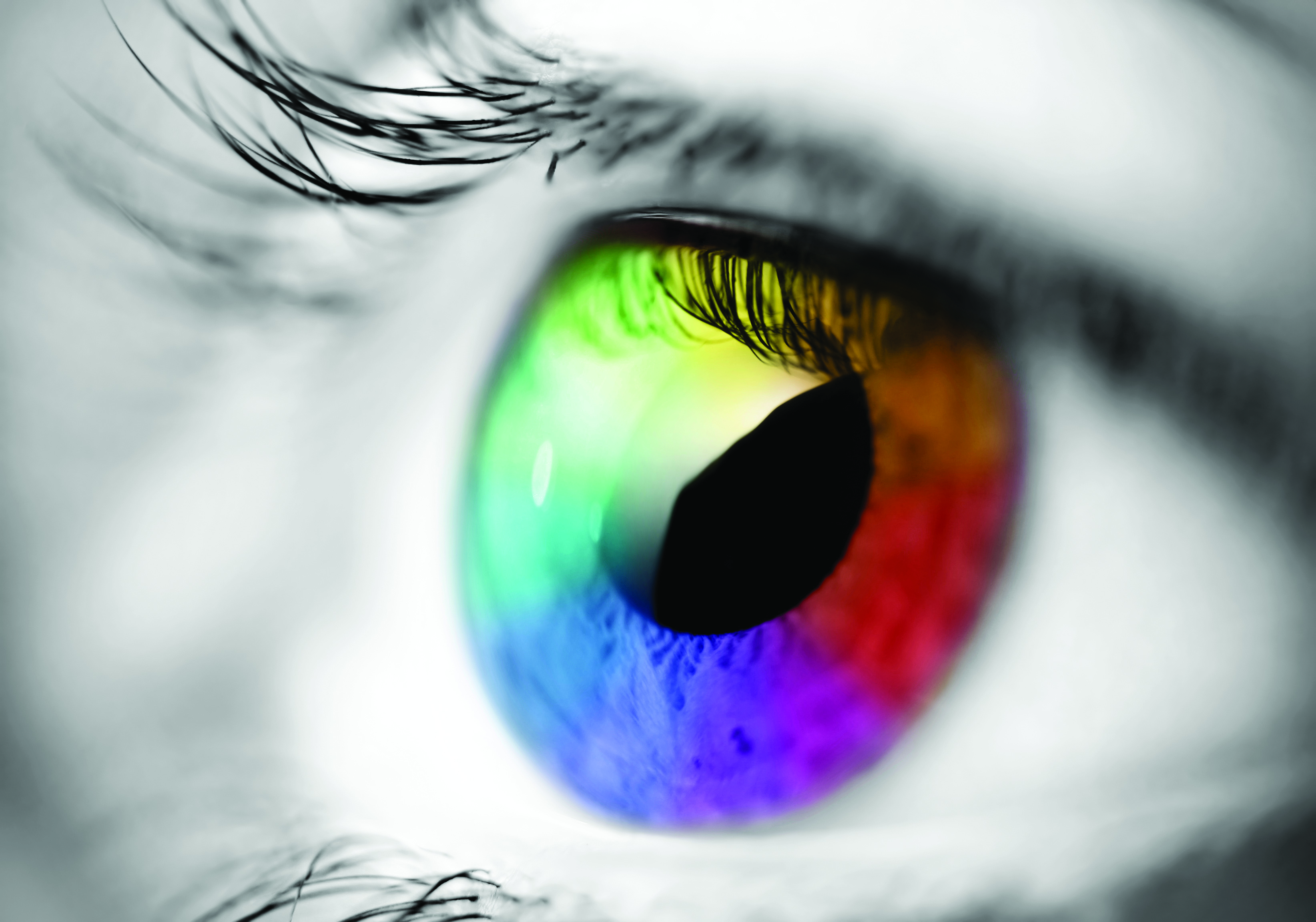 Most people have eye problems at one time or another. Some are minor and will go away on their own, or are easy to treat at home. Others need a specialist’s care. Some eye issues come with age while others may be a serious condition.
Most people have eye problems at one time or another. Some are minor and will go away on their own, or are easy to treat at home. Others need a specialist’s care. Some eye issues come with age while others may be a serious condition. Dry eye is a common condition that occurs when your tears aren’t able to provide adequate lubrication for your eyes. Tears can be inadequate for many reasons. For example, dry eyes may occur if you don’t produce enough tears or if you produce poor-quality tears. Dry eyes can also feel very uncomfortable.
Dry eye is a common condition that occurs when your tears aren’t able to provide adequate lubrication for your eyes. Tears can be inadequate for many reasons. For example, dry eyes may occur if you don’t produce enough tears or if you produce poor-quality tears. Dry eyes can also feel very uncomfortable.


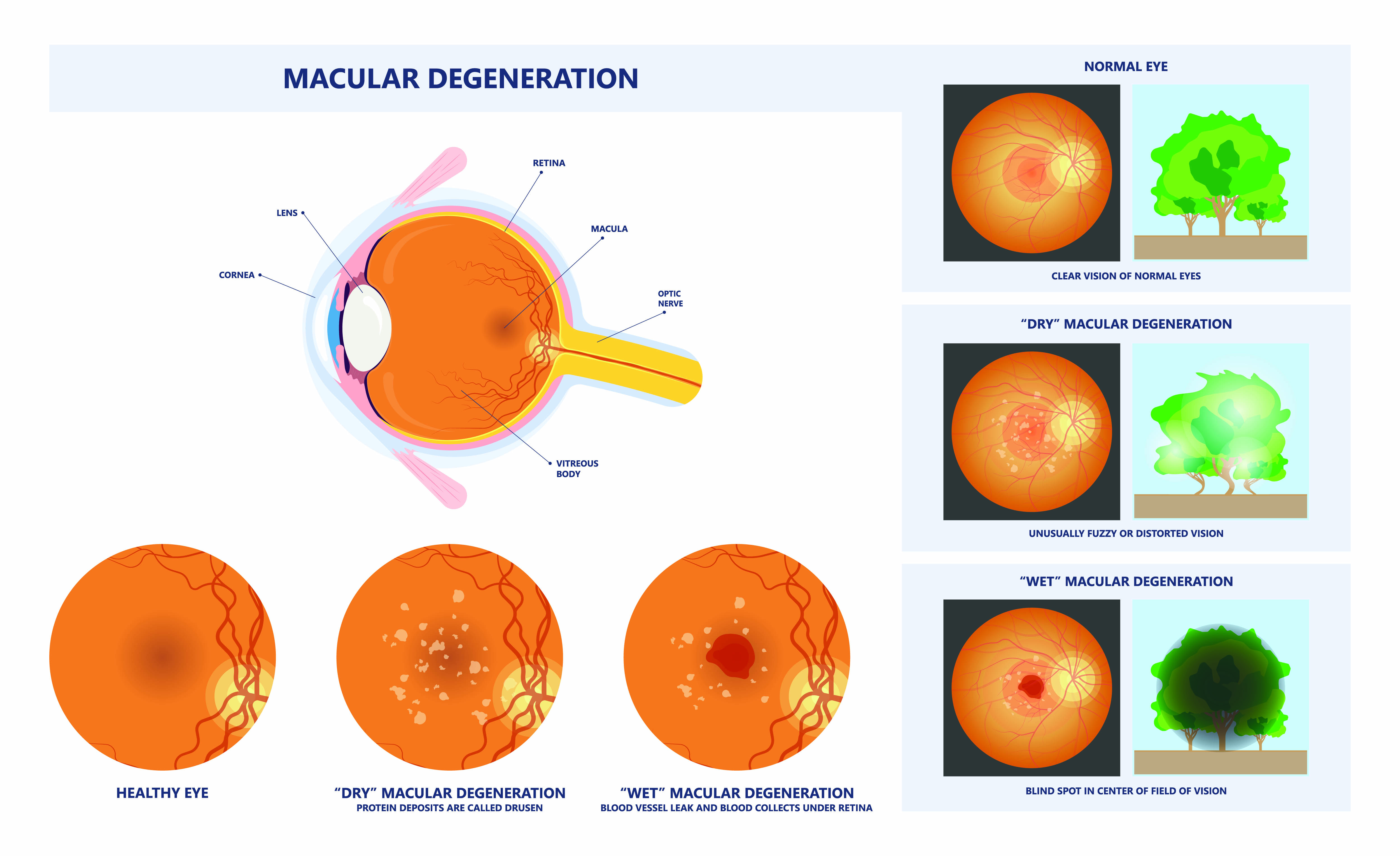
 As winter shifts to spring, and flowers, grasses and trees begin to bloom, spring can take a toll on your eyes if you suffer from seasonal allergies. The spring season has a marked an increase in pollen and allergens in the air, that leave you with congestion, headaches, and itchy, swollen eyes, known as eye allergies.
As winter shifts to spring, and flowers, grasses and trees begin to bloom, spring can take a toll on your eyes if you suffer from seasonal allergies. The spring season has a marked an increase in pollen and allergens in the air, that leave you with congestion, headaches, and itchy, swollen eyes, known as eye allergies.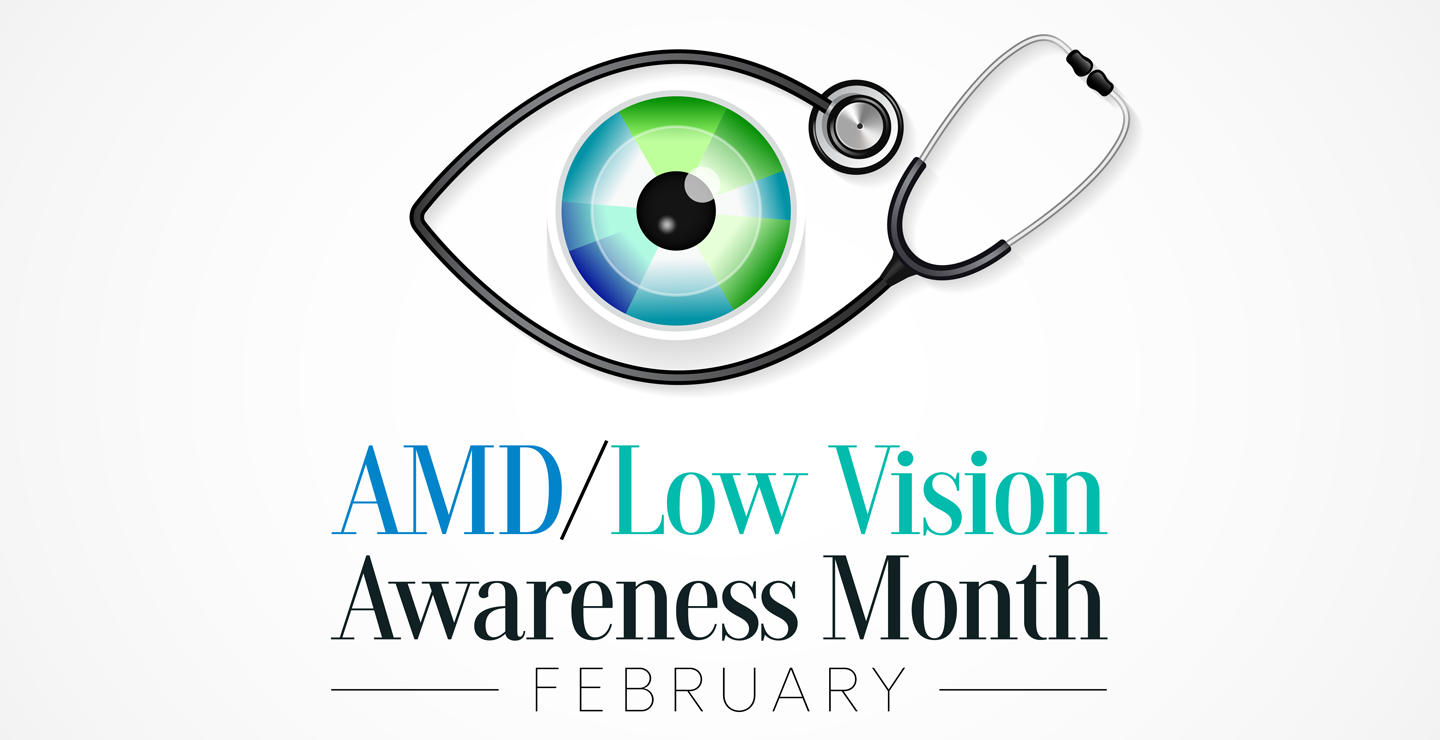


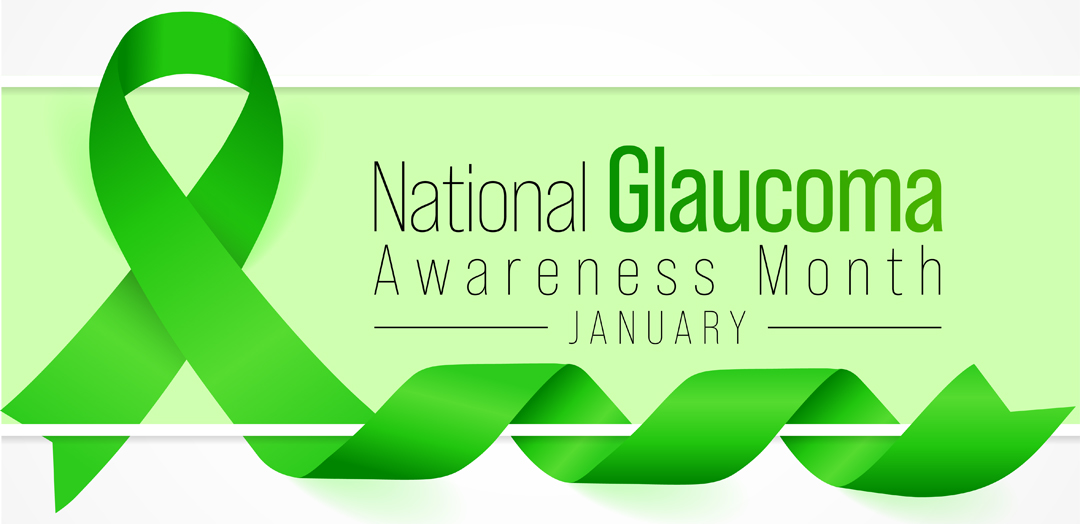


 Costume Contact Lenses such as cat eyes or zombie may make your Halloween costume a bit more frightful although wearing those lenses without a prescription can be more terrifying, as it could result in vision loss or even blindness.
Costume Contact Lenses such as cat eyes or zombie may make your Halloween costume a bit more frightful although wearing those lenses without a prescription can be more terrifying, as it could result in vision loss or even blindness.